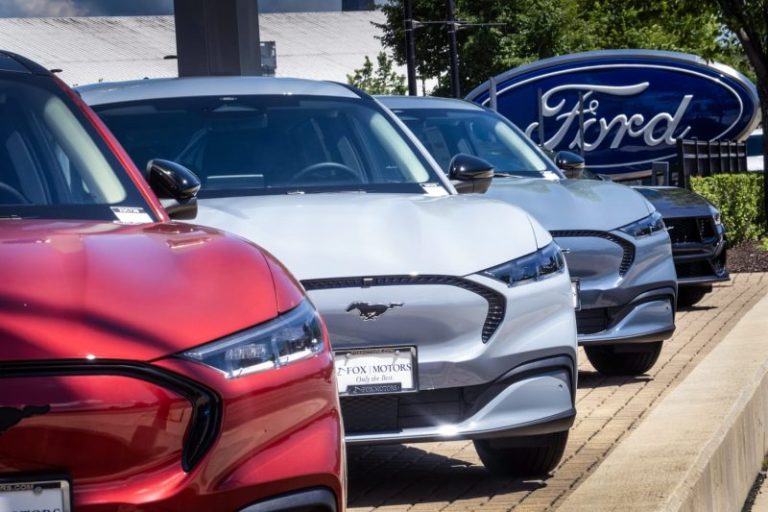Ford recently made headlines with its bold decision to shift $1.9 billion towards an electric vehicle strategy. This move comes at a time when the automotive industry is experiencing a significant shift towards sustainable and environmentally friendly transportation options.
One of the key reasons why Ford believes this shift is the right choice for the company is the growing demand for electric vehicles (EVs) worldwide. With increasing concerns about climate change and air pollution, more consumers are looking for cleaner transportation options. By investing in EVs, Ford is positioning itself to meet this growing demand and stay competitive in the market.
Another factor driving Ford’s decision is the changing regulatory landscape. Many countries around the world are implementing stricter emissions standards and offering incentives for EV adoption. By focusing on EVs, Ford is aligning itself with these regulations and positioning itself as a leader in sustainable mobility.
Additionally, investing in EVs allows Ford to stay ahead of the competition. With major automakers like Tesla and Volkswagen making significant strides in the EV market, Ford recognizes the importance of staying innovative and adapting to changing consumer preferences. By committing to EVs, Ford can differentiate itself in the market and attract environmentally conscious consumers.
Moreover, the shift towards EVs presents an opportunity for Ford to enhance its brand image. By emphasizing its commitment to sustainability and innovation, Ford can attract a new segment of environmentally conscious consumers who may have previously overlooked the brand. This can help strengthen Ford’s reputation and set it apart from competitors in the market.
Furthermore, investing in EVs can also lead to long-term cost savings for Ford. While the initial investment may be significant, the shift towards EVs can help reduce operational costs in the long run. EVs have lower maintenance costs compared to traditional vehicles and can offer significant savings on fuel expenses. By transitioning to EVs, Ford can improve its overall cost structure and achieve greater efficiency in its operations.
In conclusion, Ford’s decision to shift $1.9 billion towards an EV strategy is a strategic move that aligns with the evolving automotive landscape. By investing in EVs, Ford can meet growing consumer demand, comply with regulatory requirements, stay ahead of the competition, enhance its brand image, and achieve long-term cost savings. Overall, this shift represents a significant step towards a more sustainable and competitive future for Ford in the automotive industry.



